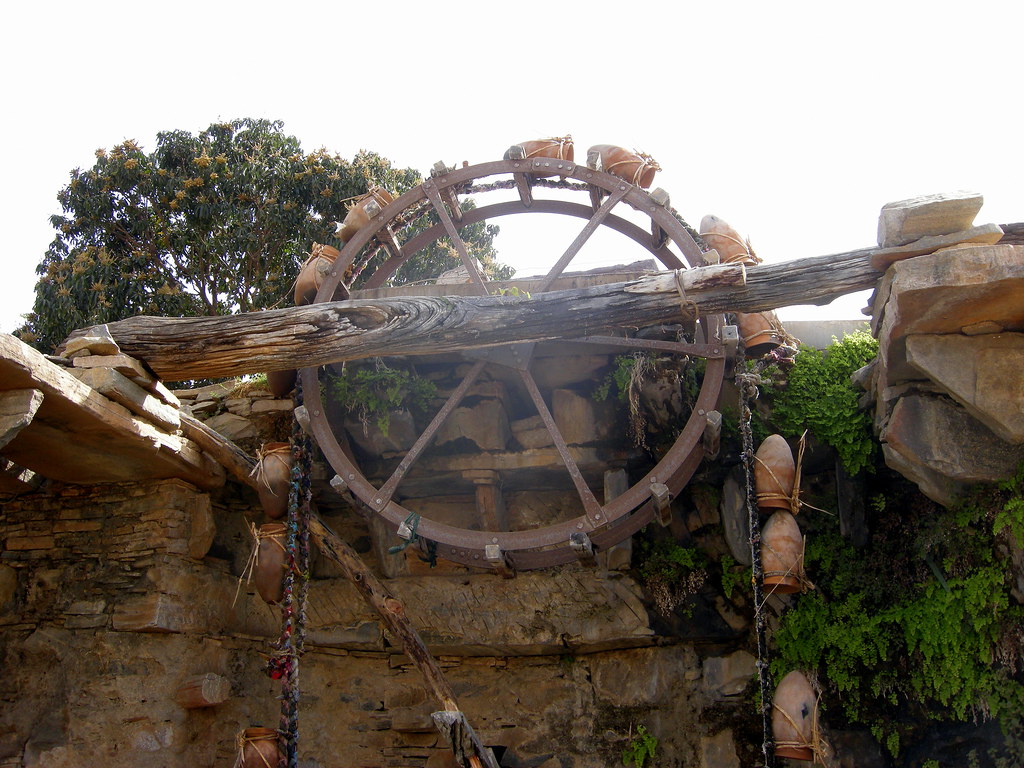Some buildings will have a passive AOE (area of effect), if you want a parcel outside of the area of effect to benefit from the effect, you'll need to add an other building.
The buildings we know working like that so far are , the well and the tavern, so depending the size and shape of your settlement, and the purpose of different areas, you will need several of them.
Now as you can see i used shape and purpose.
Purpose, because as far as wells are concerned, the effect is double, first it prevent thirst from dropping, second it works as irrigation. So if you provide enough wells for your housing quarter and the other parcels are dedicated to mining for example you might not need a well for those, only for the housing part.
Shape, because if you mange to build and use land according to the area of effect you might need a little less wells, concentrating your settlement on where the effect is already active.
This area of effect of buildings will not be limited to wells and taverns, they mentioned crafter's shop as a potential source of AOE passive buff, they also talked about synergy and proximity effect between buildings. But the general idea is that some buildings will provide AOE buffs and to extend the area covered by those AOE you'll need to build several of those buildings.



 %5D(https://chroniclesofelyria.com/forum/topic/19014/naw-drakemoore)
%5D(https://chroniclesofelyria.com/forum/topic/19014/naw-drakemoore)














